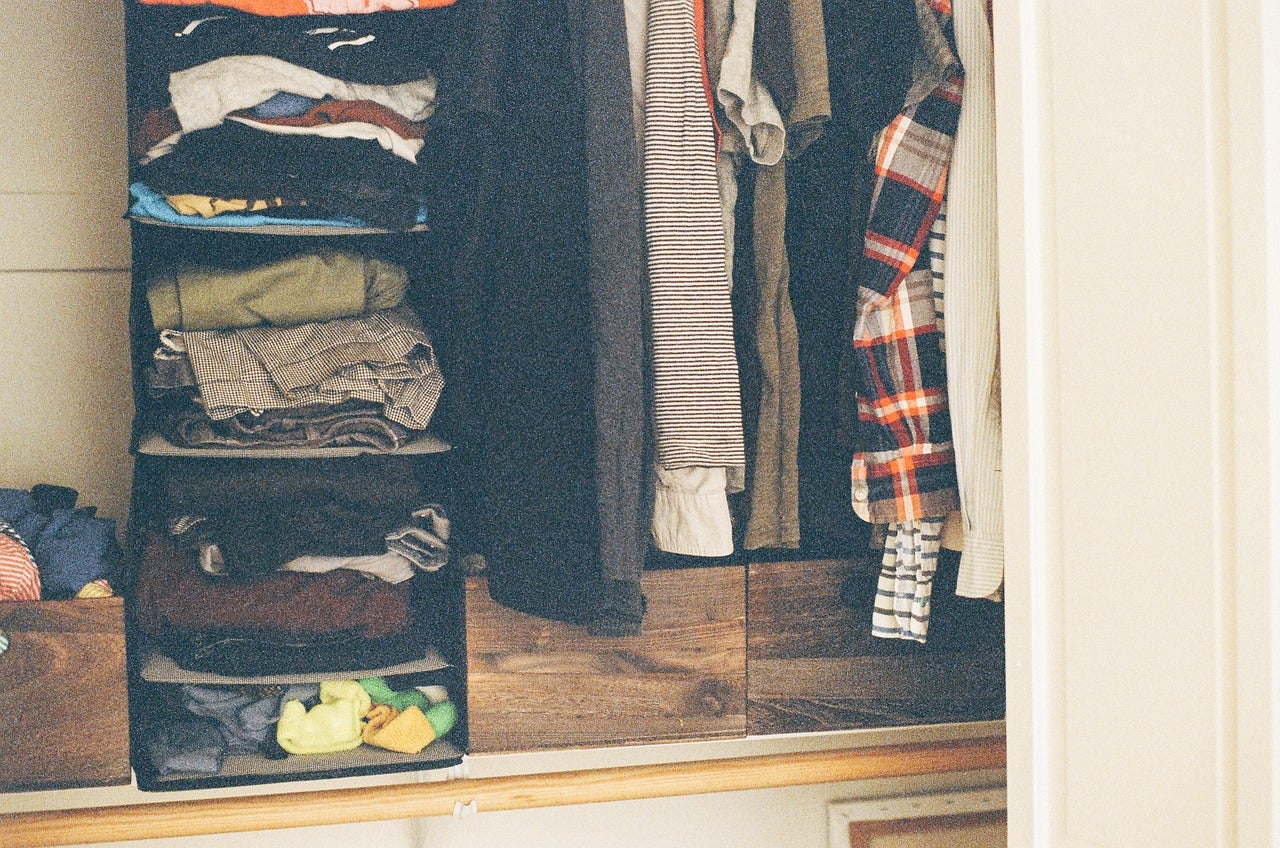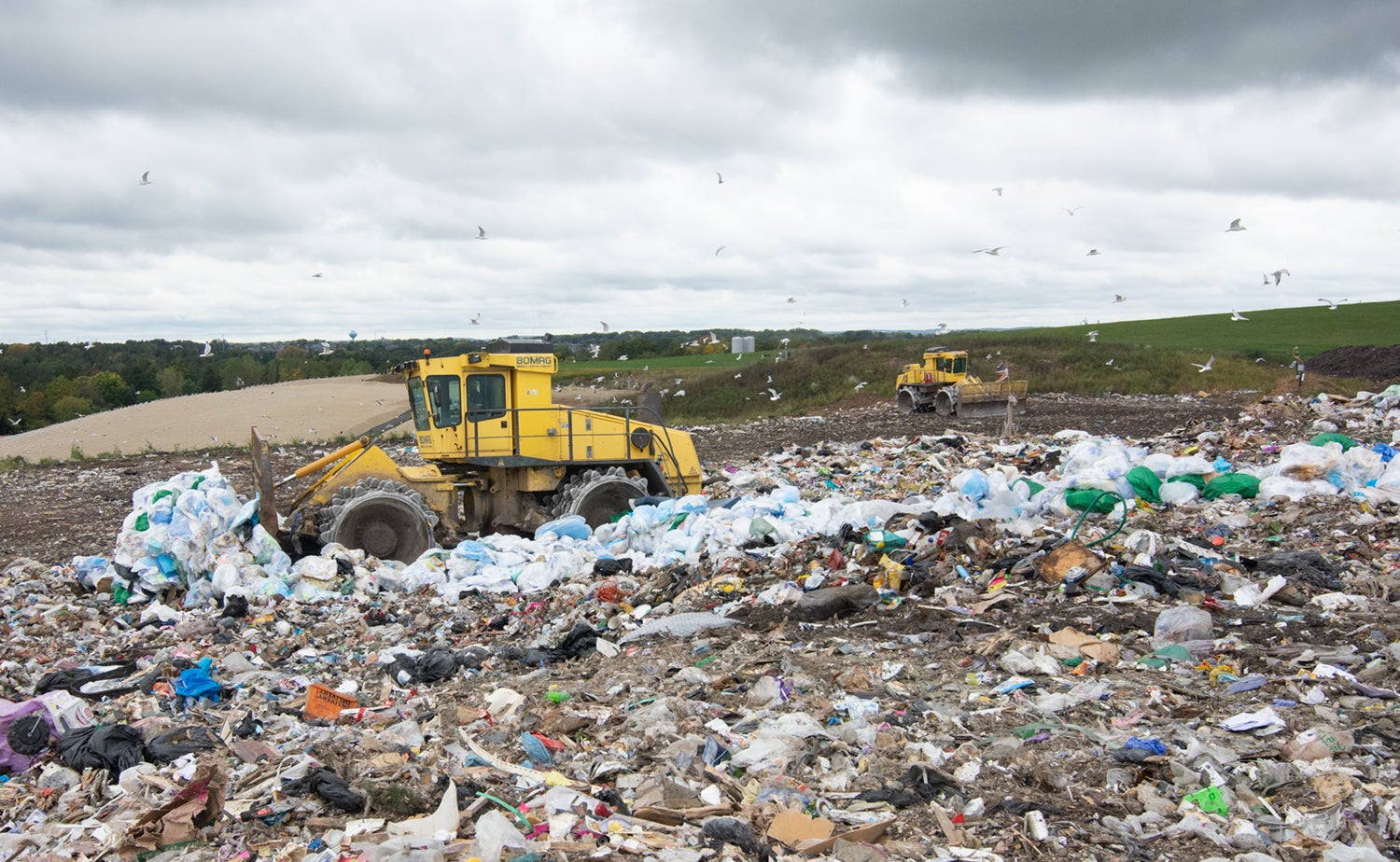A new year can inspire all sorts of change, including in your wardrobe. We talk with a reporter who says we should think about the clothing we’re buying and discarding and make decisions that aren’t going to trash the planet. We also take a peek into the future of Wisconsin politics and talk about what might be in store for 2019.
Featured in this Show
-
A Look Ahead To Wisconsin Politics In 2019
2019 kicks off a new era in Wisconsin politics. After eight years under Republican Governor Scott Walker, Democrat Tony Evers is set to lead the state, albeit it with a GOP-led legislature and some new limits on his powers. We’re joined by a political reporter and editor to talk about the year ahead in state politics, and what we could see from our new leadership.
-
Expert: Throwing Away Clothing Does Serious Damage To Environment
You might not be spending any more money, but chances are your closet is packed with 60 percent more clothing than a decade ago.
That’s because we’re demanding new garments and forcing a fast fashion industry that can produce disposable clothing at lower prices, said Sheri Marnell, program director for apparel design and development at the University of Wisconsin-Stout in Menomonie.
“Oftentimes things that are very affordable come with poor quality,” she said.
According to the most recent data from the U.S. Environmental Protection Agency, more than 2 million tons of textiles were recycled in 2015, and more than 10 million tons were discarded into landfills.
Although data vary based on the kind of research done, one statistic says Americans discard 70 pounds of clothing each year, with 85 percent of that ending up in landfills, Marnell said.
Throwing away textiles, which can include towels, shoes, curtains, sporting equipment and anything else made out of fabric, means those items will end up in the landfill. Since 2003, she noted, the percentage of textiles in landfills has increased 38 percent. And to make matters worse, manmade fibers such as plastics or nylons don’t break down nearly as easily as natural fibers, such as cotton or wool.
But getting rid of clothing doesn’t need to be so environmentally taxing, said Marnell, who offered other options for getting rid of closet clutter.
Donate
An obvious option is donating clothing to organizations such as Goodwill or the Salvation Army that can give your garments a second life. You can also try online recycling options such as ThredUp, Bra Recycling or Terracycle to dispose of your worn-out wear.
According to international trade association Secondary Materials and Recycled Textiles, 45 percent of donated items are worn again, 30 percent become rags for industrial use and 20 percent broken back down into fiber to be used in new products. The remaining 5 percent is unusable because of contamination.
If donation sites can’t resell your clothing, they might send them to overseas locations or homeless shelters, Marnell said, or send them to a company to convert them back into fibers.
Learn To Sew
While donating items is a much better alternative to throwing clothing in the trash, Marnell said learning how to sew will help keep your items usable for longer and keep them out of the trash. Sewing a button, learning how to get stains out or covering up flaws with iron-on patches might just be a garment-saver.
“Not everyone has access to a sewing machine, but it’s very easy to get a needle and thread,” she said.
Or consider buying from brands that will mend clothing you purchase from them, such as Patagonia, The North Face and Lululemon, among others.
Try Capsule Wardrobes
Depending on who you ask, these wardrobes feature a few timeless, classic pieces that can be paired with more seasonal items.
The trick is to limit items in your closet to 50 at the most, and 10 at the least. Choose items that look good on you and are versatile, so that you can wear them in numerous ways.
“We’re moving towards that movement to really simplify that wardrobe,” she said.
Change Your Perspective
A culture that values new clothing might turn up a nose to used garments. But Marnell said people should be better at showing pride in their long-worn items or secondhand-store finds.
“Let’s change our mindset and be happy and proud of things that are old or upcycled or that you were able to fix,” she said.
Educate Yourself
Look at the labels of your clothing, Marnell said, to see if the products are made out of recycled cotton or polyester.
“I think just taking baby steps, especially for a fresh new start of the 2019 new year — start educating yourself on a company’s brand and in reading the labels that are in garments,” she said.
Investigate which brands prioritize sustainability by paying attention to their social responsibility plans.
Make Clothing Last Longer
Instead of constantly replacing clothing that’s tattered, frayed, pilly or faded, try not washing your clothing as often, Marnell said. The friction on your garments when you wash them can cause some serious deterioration. Plus, you’ll be conserving water and electricity with each load you choose not to do.
“I think we all need to do better and that’s a very simple way to help the environment,” she said.
-
How Our Clothes Leave A Carbon Footprint
New year, new wardrobe? Just make sure it doesn’t culminate in a trash bin full of clothing. A reporter joins us to talk about how the clothing we buy, wear and throw out impacts the environment. We also learn what we can do to put a dent in the problem in this new year.
Episode Credits
- Kate Archer Kent Host
- Dean Kallenbach Host
- Chris Malina Producer
- Laura Pavin Producer
- JR Ross Guest
- Sheri Marnell Guest
Wisconsin Public Radio, © Copyright 2025, Board of Regents of the University of Wisconsin System and Wisconsin Educational Communications Board.






